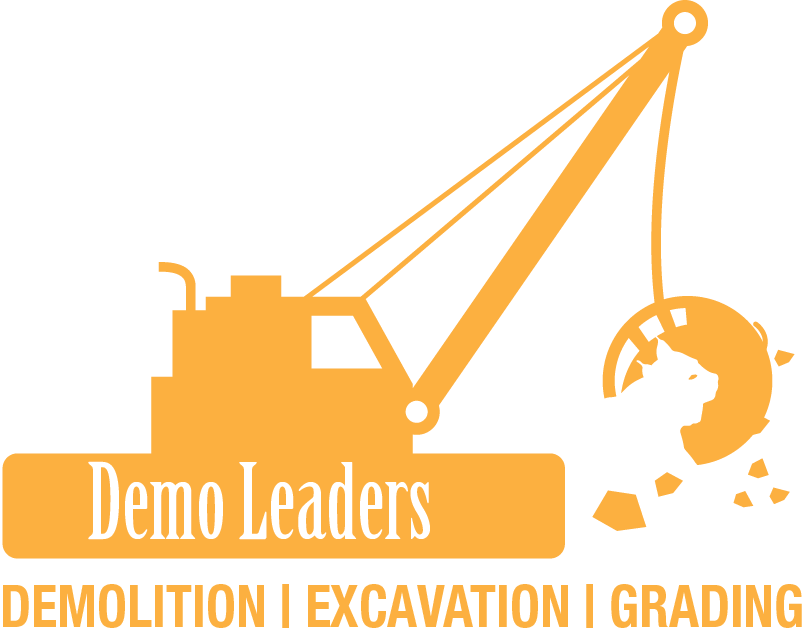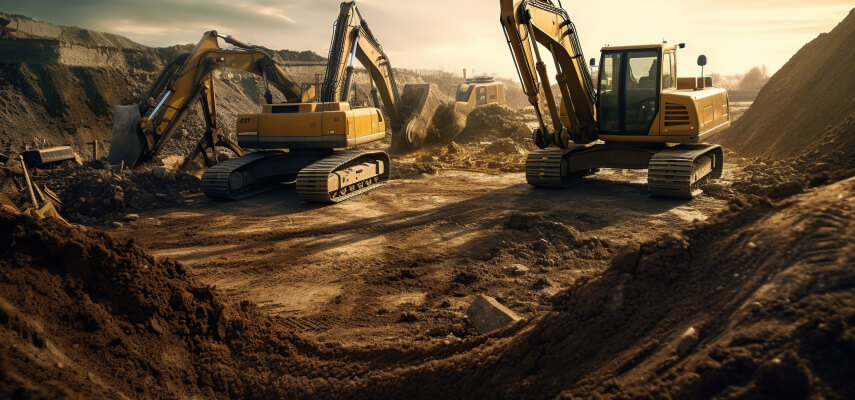12 Demolition Operations Safety-Tips
12 Demolition-Operations-Safety-Tips
When it comes to demolition operations, safety should always be a top priority.
Demolition operations can be dangerous, but with proper safety measures in place, the risks can be minimized.
Whether you’re tearing down a building or removing a structure, it’s important to take the necessary precautions to protect both workers and the public.
Here are some essential tips to help ensure a safe demolition operation:
Here are 12 essential demolition operations safety tips to keep in mind:
1. First and foremost, Conduct a hazard assessment before beginning any demolition work.
and identify any potential hazards such as chemicals, electrical lines, or nearby structures that could be impacted by the demolition work.
2. Create a comprehensive safety management plan that covers all aspects of the project, from hazard identification to emergency response.
Develop a written safety plan that includes all safety procedures and protocols.
The plan should also include a clear chain of command and specific roles and responsibilities for each worker on the site.
3. Make sure that all workers have received the necessary training and certifications for their role in the demolition operation.
Make sure all workers on the demolition site are properly trained and certified.
Training should cover everything from identifying potential hazards to properly operating and maintaining tools and equipment.
4. Always make sure that workers are wearing the appropriate PPE for the job, and provide additional protection as needed.
Always use the appropriate personal protective equipment (PPE), including hard hats, safety glasses, and protective clothing.
For example, respiratory protection may be necessary to guard against dust or other airborne particles.
5. Inspect tools and equipment before each use, and repair or replace any damaged or faulty items.
Use proper tools and equipment for the job, and keep them in good working order.
Regularly inspect the job site as well to ensure that safety protocols are being followed, and address any issues or concerns that arise immediately.
6. Secure the demolition site to prevent unauthorized access by the public.
7. Remove all hazardous materials, such as asbestos and lead, before beginning demolition work.
8. Properly dispose of all debris and waste materials.
9. Follow proper demolition techniques to avoid accidental collapse of the structure.
10. Monitor air quality and dust levels to protect workers and the surrounding community.
11. Have a emergency response plan in place in case of accidents or unexpected incidents.
12. Conduct frequent safety inspections to ensure all safety protocols are being followed..
Overall, when it comes to demolition operations, safety should always remain a top priority. By taking the necessary precautions, performing thorough risk assessments, and collaborating effectively, it is possible to minimize the risks and ensure that everyone stays safe.






